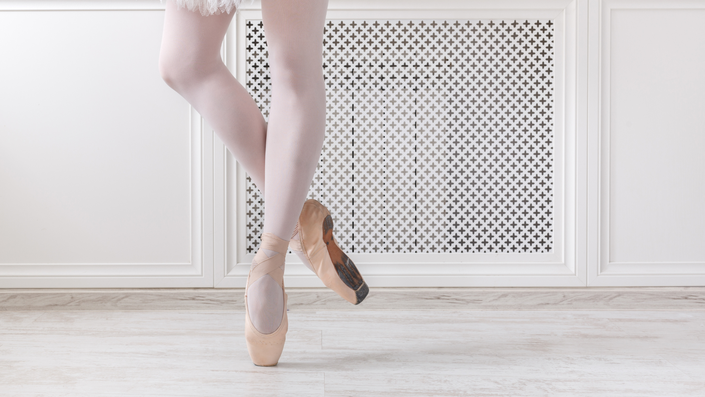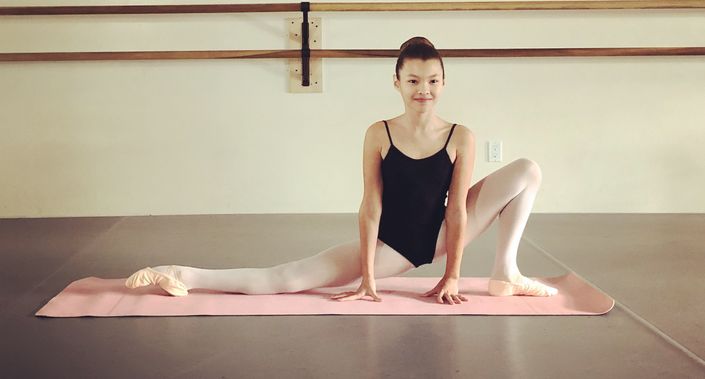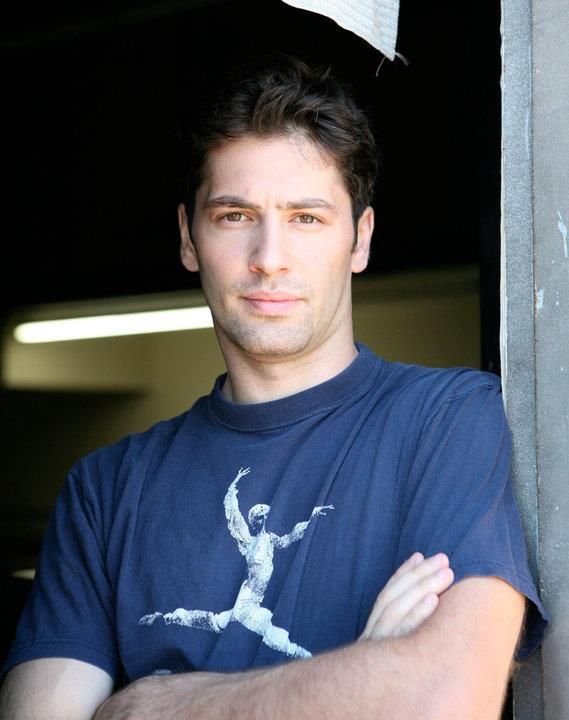
Pointe Class 101
Pre-pointe classes are often offered to ballet students who are not yet on pointe to further develop and strengthen the muscles necessary to go en pointe.
Enroll in Course
Pointe technique is the part of classical ballet technique that concerns pointe work, in which a ballet dancer supports all body weight on the tips of fully extended feet within pointe shoes. ... Although both men and women are capable of pointe work, it is most often performed by women.
A dancer must be strong enough to protect the bones before they are fully developed. Beginning pointe to early can permanently damage immature bones. The student must have at least 3 years of consistent training in ballet. The student must be taking a minimum of 3 ballet classes a week consistently.
Ballet dancer can begin dancing on pointe if she is at least 9 or 10 years old. Some teachers don't attach a number at all, they simply rely on ability. However, because the growth of the foot is about complete at age 11 or12, many agree that pointe work could be introduced at this time.
Above all, we prioritize safety. While we want our dancers whipping out strings of fouetté turns and series of hops en pointe, what we want more than that is for our dancers to have longevity and undamaged bodies.
Pointe training is a special challenge because it is extremely individual. More so than ballet class. And the risk of injury is heightened. I remind my students often that what we expect our bodies to do in pointe shoes is nothing less than extraordinary. Because of this, we must train in smart and safe ways.
Your Instructor

About Us and our team. The reason we have launched "Learn Ballet Online" is because Ballet is a very complex and difficult art form. It is hard to understand until you start executing it. It is a multidimensional activity, involving physical, emotional and psychological elements. We do not believe that you can learn Ballet movements online, but you can learn the theory and comprehend how those movements are executed. Muscle memory can be a blessing and a curse - if you take a couple classes and learn incorrect technique, it will be very difficult to change! But, if you can understand the proper placement of your limbs and muscles, with the help of your teacher, your mind and body can guide you in the right direction.
No matter what style of dance you do, it is critical to train your body properly and practice correct technique to avoid injury. There is no instant gratification. Ballet is a process, a journey that you must be ready to take.
Whether your goal is to become a professional dancer, or to practice for your own enjoyment, taking our courses will offer you an opportunity to learn in-depth execution of classical steps. These steps are explained in accordance to a syllabus. Each lesson is crafted with instructions for execution of specific ballet combinations.
Course Curriculum
-
StartIntro
-
Start1. Warm up your feet (1:25)
-
Start2.Completely point your foot (1:03)
-
Start3. With a stretch band (1:01)
-
Start4. With a towe (0:39)
-
Start5. Exercise with a ball (1:15)
-
Start6.Plies and Demi_point (0:36)
-
Start7. Feet stretch with Demi Plie (1:01)
-
Start8. Toe jumps in circles of the tooes (1:45)
-
Start9. Stretching the feet with plie (0:59)
-
Start10. Battement tendu (0:35)
-
StartIntro Pointe Level 1
-
Start1. Releve in I, II and V (2:46)
-
Start2. Pas echappé in II from I and V (2:35)
-
Start3. Pointe Pas Assemblé soutenu en face (2:25)
-
Start4 Pointe Pas de bourrée with changing feet (3:06)
-
Start5. Pointe Pas de boirrée suivi en face (1:34)
-
Start6. Pointe Pas couru front and back (1:49)
-
Start7. Pointe Pas glissade to the side (1:54)
-
StartQuiz Pointe
Courses Included with Purchase


